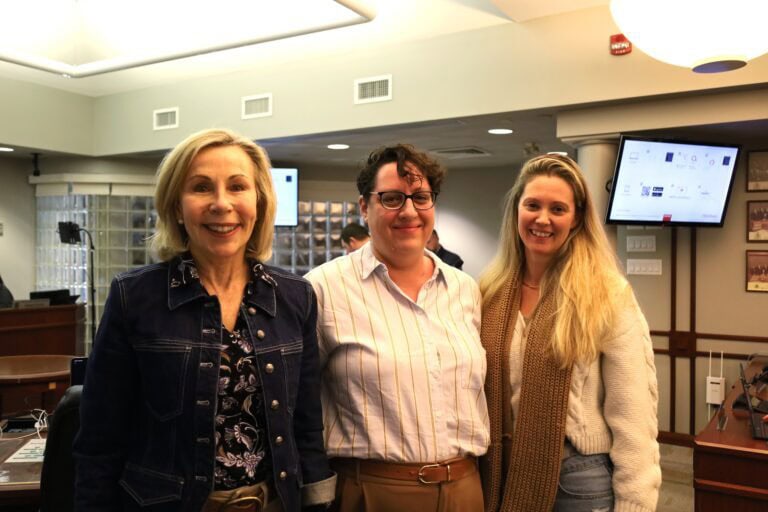Penny-Lynn Cookson
Special to Niagara Now/The Lake Report
Had enough of changing restrictions and lockdown? Looking in the mirror occasionally and feeling like letting it rip with a good shriek?
There’s nothing like a good artist’s self-portrait and quotes to give us insight into his or her character in the social context of their time. Hands down, this self-portrait by Gustave Courbet is one of the best in the history of art.
Why should this fraught young man, suggesting one of Byron’s lost romantic heroes, be in such despair? Courbet left Ornans at 20 to study law in Paris. He quickly changed his mind and studied art in small studios and spent much time in the Louvre copying technical elements of the compositions of Old Master paintings especially those of Caravaggio, Ribera, Zurbaran and Rembrandt.
As he was striving to build his reputation, and in transition from Romanticism to Realism, his early paintings were continually disparaged and rejected by the salons and art establishment. He was disillusioned and frustrated but also self-described as arrogant, proud and determined to succeed.
In this self-portrait, we are confronted with a man in acute distress with an expression close to madness. All distance between Courbet and the viewer has been eliminated. We are the mirror. Tremendous tension emerges.
The face is pale, cheeks flushed, eyes wide, nostrils dilated, mouth parted, throat muscles bulge, arms are outstretched, wrist tendons apparent, hands grasp and tear at his hair. The composition is tight, light comes from the left and the play of light and shadow, chiaroscuro, creates contrasts on his white shirt and blue smock.
The style of representation is revolutionary for the time and for another reason: Courbet chooses a horizontal and rectangular landscape format rather than the traditional vertical portrait format. The work is an exploration of inner turmoil, emotion, anxiety and thought expressed with an intensity seldom seen, let alone achieved so dramatically, in the history of art.
Courbet did achieve success after a decade of great uncertainty and financial insecurity. He created large realistic canvases, completely unidealized, depicting the hard life of the French rural working class.
He described his realism approach as follows: “To be in a position to translate the customs, the ideas, the appearance of my time, according to my own estimation; to be not only a painter, but a man as well. In short, to create living art – this is my goal.” By challenging academic conventions, idealism and romanticism, he not only succeeded, he sowed the seeds of modernism at the end of the 19th century.
Always a Republican, Courbet was an activist in the Paris Commune and the short-lived revolutionary socialist government that followed the overthrow of the monarchy after the Franco/Prussian War of 1870/71. When the Communards were overthrown and the monarchy restored, Courbet was arrested and sentenced to six months in prison. He self-exiled to Switzerland and died four years later, this self-portrait in his possession until the end.
Penny-Lynn Cookson is an art historian who taught at the University of Toronto for 10 years. She also was head of extension services at the Art Gallery of Ontario. Watch for her upcoming lecture series at the Pumphouse Arts Centre and at RiverBrink Art Museum.



.jpeg)






